001. Haworthia Magnifica Var. Acuminata CV. Grey Ghost
Shipping from Lembang, West Bandung, West Java, Indonesia
Pot diameter 8 cm
Pot height 7 cm
Package weight include pot and media 350 gram
Package weight without pot and media 80 gram
Click Add to cart to shop directly from this website or text us through contact detail above
——-
Pengiriman dari Lembang, Bandung Barat, Jawa Barat, Indonesia
Diameter pot 8 cm
Tinggi pot 7 cm
Berat paket dengan pot dan media 350 gram
Berat paket tanpa pot dan media 80 gram
Klik Add to cart untuk langsung order melalui website atau kontak detail di atas
 Haworthia Magnifica Var. Acuminata cv. Grey Ghost [/caption]Health and high quality Haworthia Magnifica Var. Acuminata CV. Grey Ghost , For sale Haworthia Magnifica Var. Acuminata CV. Grey Ghost , export Haworthia Magnifica Var. Acuminata CV. Grey Ghost , import Haworthia Magnifica Var. Acuminata CV. Grey Ghost
Haworthia Magnifica Var. Acuminata cv. Grey Ghost [/caption]Health and high quality Haworthia Magnifica Var. Acuminata CV. Grey Ghost , For sale Haworthia Magnifica Var. Acuminata CV. Grey Ghost , export Haworthia Magnifica Var. Acuminata CV. Grey Ghost , import Haworthia Magnifica Var. Acuminata CV. Grey Ghost
Haworthia Magnifica Var. Acuminata CV. Grey Ghost
Origin and Habitat: Garden origin ( produced cultivar)
Synonyms:
Accepted name in llifle Database:
Haworthia magnifica Poelln.
Repert. Spec. Nov. Regni Veg. 33: 239. 1933
Synonymy: 3
Haworthia magnifica Poelln.
Haworthia maraisii var. magnifica (Poelln.) M.B.Bayer
Haworthia retusa var. magnifica (Poelln.) Halda
Accepted name in llifle Database:
Haworthia magnifica var. acuminata (M.B.Bayer) M.B.Bayer
Aloe 34(1–2): 6 (1997)
Synonymy: 7
Haworthia magnifica var. acuminata (M.B.Bayer) M.B.Bayer
Haworthia acuminata (M.B.Bayer) M.Hayashi
Haworthia retusa var. acuminata (M.B.Bayer) M.B.Bayer
Haworthia retusa f. acuminata M.B.Bayer
Haworthia magnifica var. acuminata f. variegata hort.
Haworthia acuminata f. variegata hort.
Haworthia retusa var. acuminata f. variegata hort.
Accepted name in llifle Database:
Haworthia magnifica var. atrofusca (G.G.Sm.) M.B.Bayer
Natl. Cact. Succ. J. (U.K.) 32(1): 18 (1977)
Synonymy: 2
Haworthia magnifica var. atrofusca (G.G.Sm.) M.B.Bayer
Haworthia atrofusca G.G.Sm.
Accepted name in llifle Database:
Haworthia magnifica var. dekenahii (G.G.Sm.) M.B.Bayer
Aloe 34(1–2): 6 (1997) et in New Haworthia Handb. 53 (1982).
Synonymy: 3
Haworthia magnifica var. dekenahii (G.G.Sm.) M.B.Bayer
Haworthia dekenahii G.G.Sm.
Haworthia retusa var. dekenahii (G.G.Sm.) M.B.Bayer
Accepted name in llifle Database:
Haworthia magnifica var. splendens J.D.Venter & S.A.Hammer
Cact. Succ. J. (Los Angeles) 70(4): 180. 1998
Synonymy: 2
Haworthia magnifica var. splendens J.D.Venter & S.A.Hammer
Haworthia splendens (J.D.Venter & S.A.Hammer) M.Hayashi
Cultivars (1):
Haworthia magnifica var. acuminata cv. Grey Ghost
Haworthia cv. Grey Ghost
Haworthia cymbiformis cv. Grey Ghost
Haworthia retusa cv. Grey Ghost
Haworthia turgida cv. Grey Ghost
Description: ‘Grey Ghost’ is a popular variegated cultivar of Haworthia retusa with very attractive ghost like appearance. The pale foliage is distinctively patterned with a very stable, consistent, whitish-grey, variegation. It slowly forms offsets, becoming an attractive clump in time. Individual plants can vary a lot depending on the care they’ve received, especially the amount of light.
It is found on the trade under many synonyms like as: Haworthia turgida f. variegata (variegated), Haworthia turgida “Grey Ghost”, Haworthia retusa ‘Grey Ghost’, Haworthia magnifica var. acuminata ‘Grey Ghost’ or Haworthia magnifica var. acuminata f. variegata. Some affirm that it may be an hybrid of Haworthia cymbiformis. Whatever the name, the plant is beautiful, easy to grow and robust.
Inflorescence: Flowering stalk, single, unbranched, erect and wiry; raceme lax about 15 cm long.
Flowers: Small, inconspicuous, tubular, white with green markings.
Subspecies, varieties, forms and cultivars of plants belonging to the Haworthia magnifica group
Haworthia magnifica Poelln.: has dark green to purplish rosettes with end-area slightly translucent between the veins. It is characteristic for its short green lined buds and flowers and “fish-tail” bud tips. Distribution: Western Cape.
Haworthia magnifica var. acuminata (M.B.Bayer) M.B.Bayer: Differs from H. magnifica for the leaves that are longer with a stiff truncate end-area. Distribution: North of Gouritzmond, Western Cape.
Haworthia magnifica var. acuminata f. variegata hort.: Has leaves stripped with white longitudinal lines.
Haworthia magnifica var. acuminata cv. Grey Ghost: foliage is distinctively patterned with a very stable, consistent whitish-gray variegation. It slowly forms offsets, becoming an attractive clump in time.
Haworthia magnifica var. atrofusca (G.G.Sm.) M.B.Bayer: Leaves 4 cm long dark blackish green with 3-5 indistinct longitudinal lines and small green tubercles; end-area rather swollen; margin and tip of leaf with small, transparent teeth. Distribution: Western Cape.
Haworthia magnifica var. dekenahii (G.G.Sm.) M.B.Bayer: Distribution: North and West of Albertinia, Western Cape.
Haworthia magnifica var. splendens J.D.Venter & S.A.Hammer: It is a slow growing species that stay usually solitary. The leaves shows shades of bronze-rose in half shade culture.
Cultivation and Propagation: Haworthia are of easy cultivation and relatively low maintenance, which makes them a good houseplant, and can be an excellent subject for the beginning succulentophile (they can grow easily on window sills, verandas and in miniature succulent gardens where they are happy to share their habitat with other smaller succulent plants, or in outdoor rockeries). Haworthias are winter growers and are dormant in the hottest summer months.
Growth rate: They are relatively fast-growing plants that offsets freely to form small clusters quickly.
Soil: They are tolerant of a wide range of soils and habitats, but prefer a very porous potting mix to increase drainage. A non-acid soil is ideal. You can grow a plant in a 10-15 cm pot for years and have perfectly happy plants. For best results, use a shallow pot.
Exposition: The plant needs light shade to shade. All Haworthia forms that are green, especially included the variegated forms, will prefer filtered light.
Watering: During the hot summer months, the soil should be kept moist but not overly wet. During the winter months, water only when the soil becomes completely dry. Wet soil quickly causes root and stem rot, especially during chilly winter months. No water should ever be allowed to stand around the roots. Low ambient humidity is always needed.
Fertilization: The plants are fertilized only once during the growing season with a balanced fertilizer diluted to ½ the recommended strength.
Hardiness: Although the plant will survive mild frost if kept dry (hardy as low as -5° C) it should be protected from severe cold and prolonged frost conditions.
Rot: Rot is only a minor problem with Haworthia if the plants are watered and “aired” correctly. If they are not, fungicides won’t help all that much. Care must be given in watering, keeping them warm and wet while growing, and cooler and dry when dormant.
Remarks: Haworthias are best planted in a shaded and airy part of the greenhouse, and not too close to the glass roof or sides of the house as the plants can overheat during hot spells.
Propagation: Haworthia are easily propagated by the removal of offshoots or by leaf cuttings in spring or summer. To propagate by leaf cuttings, remove a leaf and let it lie for about one month, giving the wound time to heal. Then lay the leaf on its side with the basal part buried in the soil. This leaf should root within a month or two, and small plants will form at the leaf base. They can also be grown from seed.
Description Source : http://www.llifle.com/Encyclopedia/SUCCULENTS/Family/Aloaceae/25262/Haworthia_cymbiformis_cv._Grey_Ghost
Shipment
Our Works
TERMS AND CONDITIONS :
- Before being shipped, plants will undergo a drying process to prevent decay during the shipping journey. The duration of drying for shipments within Indonesia is 24-48 hours, while for international shipments, it may take up to 30 days (to prepare the plants and process export documents).
- Our packaging standard for shipments involves using sturdy cardboard boxes. The boxes will be perforated for plant air circulation and will not be fully sealed to avoid decay. Succulents will be wrapped in paper or tissue and will be provided with extra protection for certain plant types. For international shipments, there is no additional fee for the issuance of a Phyto Certificate if sent via DHL.
- The succulents you receive may differ from the product photos. The product photos we display are for illustration purposes only. The shape, flowers, and size of succulents may vary slightly (larger or smaller), although the ones we send are the same as those seen in the product photos.
- For international shipments, we cannot guarantee that the plants you order will arrive in good condition at your address due to different customs regulations in each country. This may result in longer delivery times. Please check your customs regulations before placing an order.
- For international orders, the minimum order is Rp. 2,500,000 / USD 166. Minimum order for orders within Indonesia is Rp 100,000 / USD 6.
- By deciding to make a purchase, you indicate your understanding of all customs regulations. Please add notes in the order notes column if you have specific instructions for your order. And provide guidance on what is required by your quarantine procedures.
- For international orders, we require your import permit to process the Phyto Certificate application with the Ministry of Agriculture and Quarantine Agency. If you do not have an import permit, we cannot process your Phyto Certificate application. However, if your country does not require an import permit for receiving plant shipments, please attach an official link explaining this rule from your country. Also, provide clear instructions on ADDITIONAL DECLARATION and TREATMENT in your Phyto Certificate.
- We cannot control customs actions. Therefore, we are not responsible for any unilateral decisions by customs that may occasionally lead to the detention or return of your package, even if we have completed it with official documents from the required Indonesian quarantine office as needed by customs officers in your country. NO REFUNDS. Updated : January 30, 2024.
———
SYARAT DAN KETENTUAN :
- Sebelum dikirim, tanaman akan dilakukan proses penjemuran terlebih dahulu agar tidak membusuk selama perjalanan pengiriman. Lamanya penjemuran untuk pengiriman Indonesia adalah 24-48 jam, sementara untuk pengiriman internasional memerlukan waktu hingga 30 hari (untuk menyiapkan tanaman serta memproses dokumen ekspor).
- Standar pengemasan kami untuk pengiriman menggunakan kardus karton yang keras. Kardus akan dilubangi untuk sirkulasi udara tanaman dan tidak akan dilakban penuh karena untuk menghindari busuk. Sukulen dibungkus dengan kertas atau tisu dan akan diberikan perlindungan ekstra untuk jenis tanaman tertentu. Untuk pengiriman internasional tidak dikenakan biaya tambahan untuk pembuatan Sertifikat Phyto jika mengirim dengan DHL.
- Sukulen yang Anda terima mungkin berbeda dengan foto produk. Foto produk yang kami tampilkan hanya sebagai contoh. Bentuk sukulen, bunga, dan ukuran sukulen mungkin sedikit berbeda (lebih besar atau lebih kecil), meskipun yang kami kirim adalah sukulen yang sama dengan yang terlihat dalam foto produk.
- Untuk pengiriman internasional, kami tidak dapat memberikan jaminan bahwa tanaman yang Anda pesan akan tiba dalam kondisi baik di alamat Anda karena setiap negara memiliki aturan pabean yang berbeda. Hal ini dapat menyebabkan waktu pengiriman yang lebih lama. Mohon cek aturan pabean Anda sebelum melakukan pemesanan.
- Untuk pesanan internasional, minimal order Rp. 2.500.000 / USD 166. Pesanan Indonesia minimal order Rp 100.000 / USD 6.
- Dengan memutuskan untuk membeli, berarti Anda telah memahami semua aturan pabean. Mohon tambahkan catatan di kolom catatan pesanan jika Anda memiliki instruksi khusus pada pesanan Anda. Dan berikan panduan tentang apa yang diinginkan oleh karantina Anda.
- Untuk pesanan internasional, kami memerlukan izin impor Anda untuk memproses pengajuan Sertifikat Phyto ke Kementerian Pertanian dan Balai Karantina. Jika Anda tidak memiliki izin impor, kami tidak dapat memproses pengajuan Sertifikat Phyto Anda. Tetapi jika negara Anda tidak memerlukan izin impor untuk menerima kiriman tanaman, mohon lampirkan tautan resmi yang menjelaskan aturan tersebut dari negara Anda. Jangan lupa memberikan instruksi yang jelas tentang ADDITIONAL DECLARATION dan TREATMENT dalam Sertifikat Phyto Anda.
- Kami tidak dapat mengontrol tindakan bea cukai. Oleh karena itu, kami tidak bertanggung jawab atas keputusan sepihak bea cukai yang kadang-kadang terjadi, yang dapat menyebabkan penahanan atau pengembalian paket Anda, meskipun kami telah melengkapi dengan dokumen resmi dari kantor karantina Indonesia yang diperlukan oleh petugas bea cukai di negara Anda. TIDAK ADA PENGEMBALIAN UANG. Diperbaharui : 30 Januari 2024.
———
| Weight | N/A |
|---|---|
| Include Pot and Media or Without Pot and Media | Include Pot and Media, Without Pot and Media |
3 reviews for 001. Haworthia Magnifica Var. Acuminata CV. Grey Ghost
Customer Images


Anonymous
Bigger than I've expected

Sorry, no reviews match your current selections

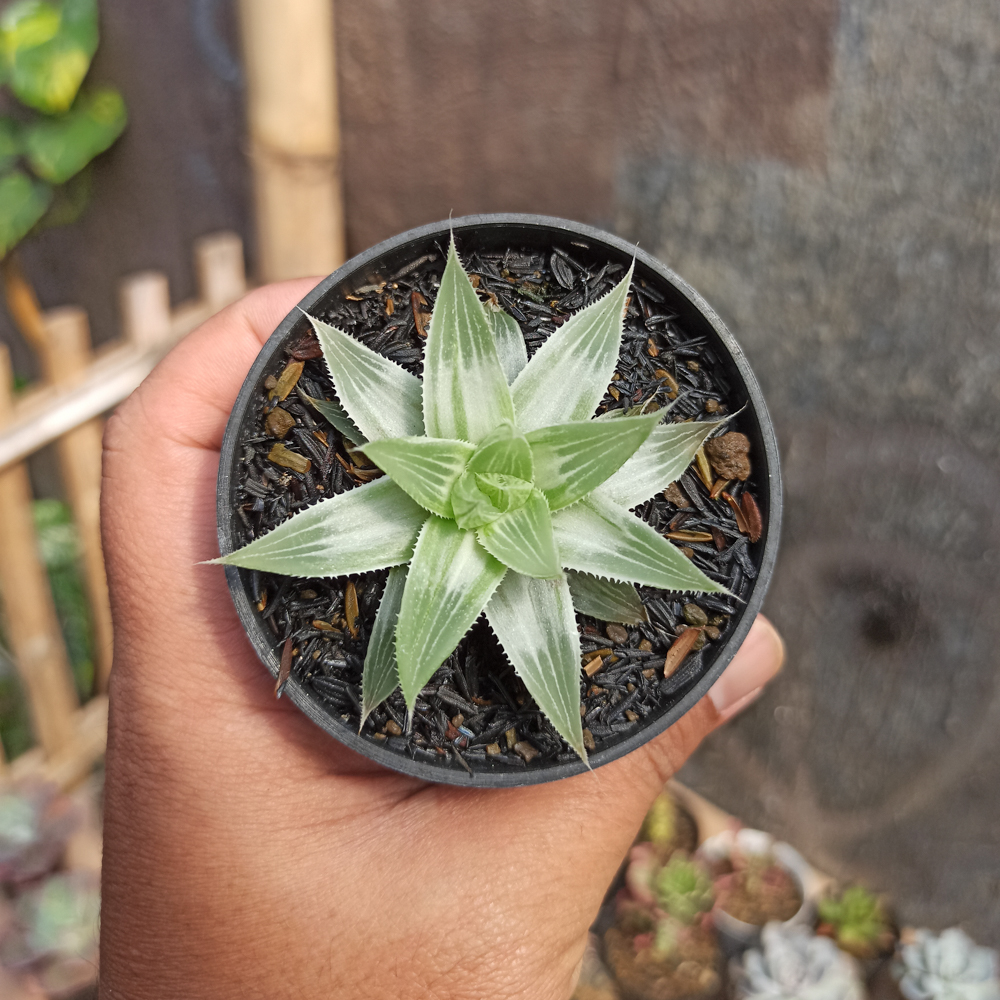






































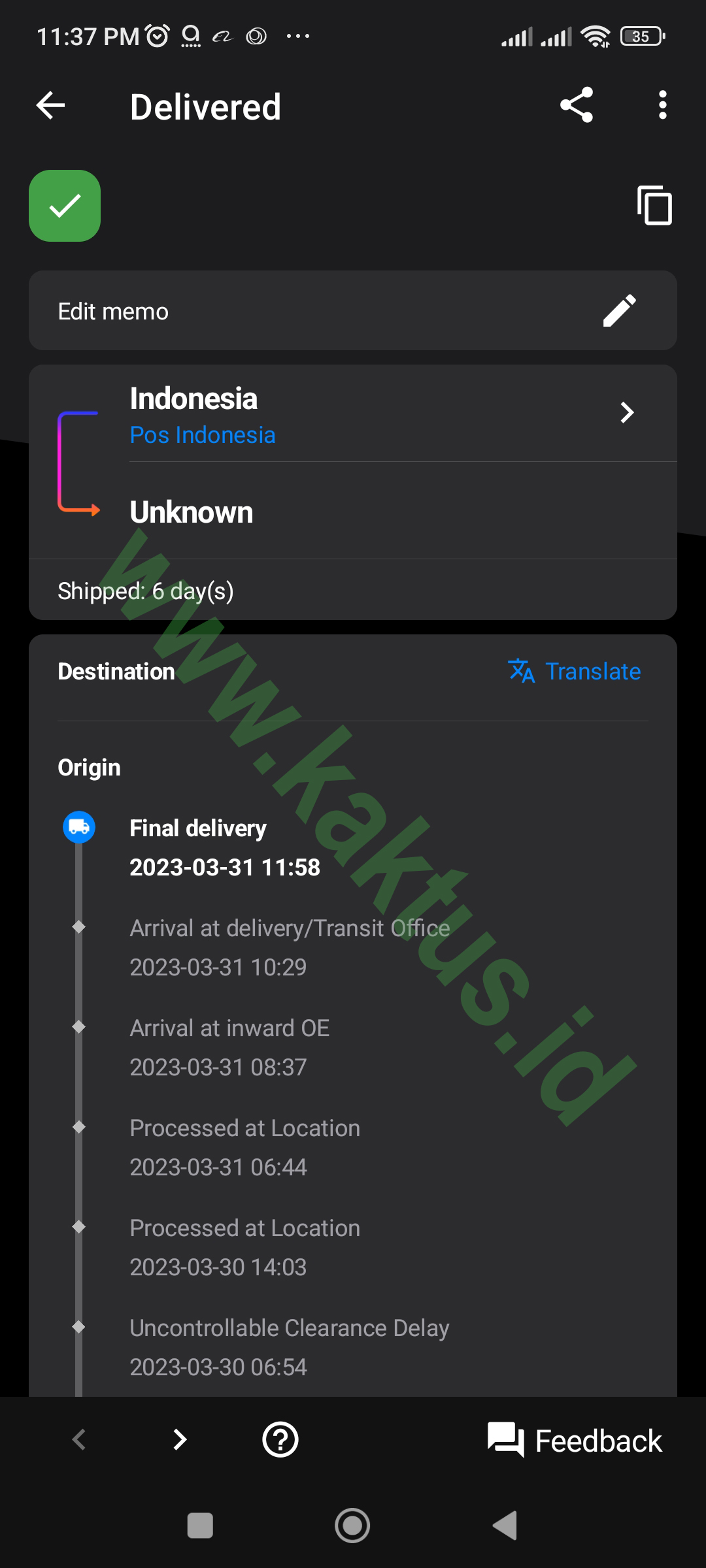































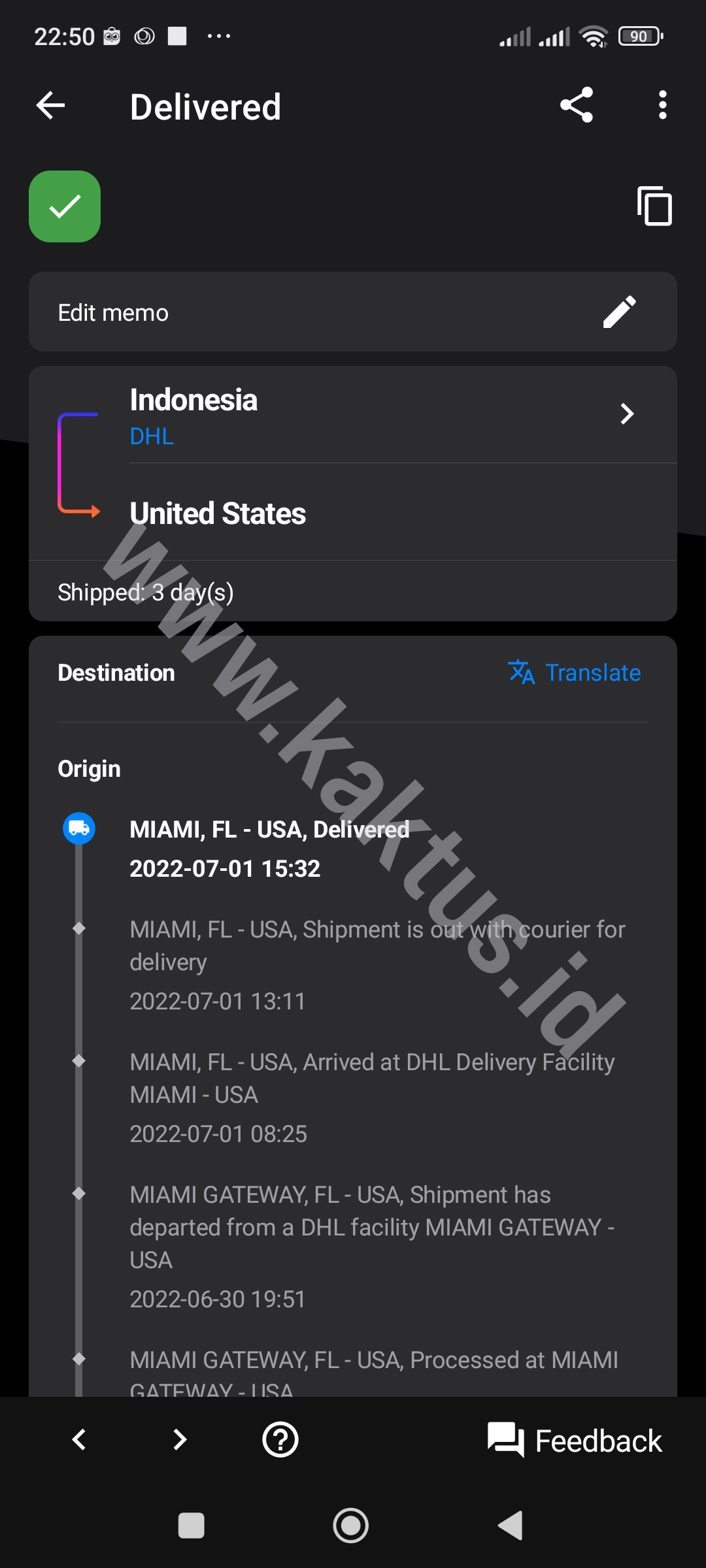




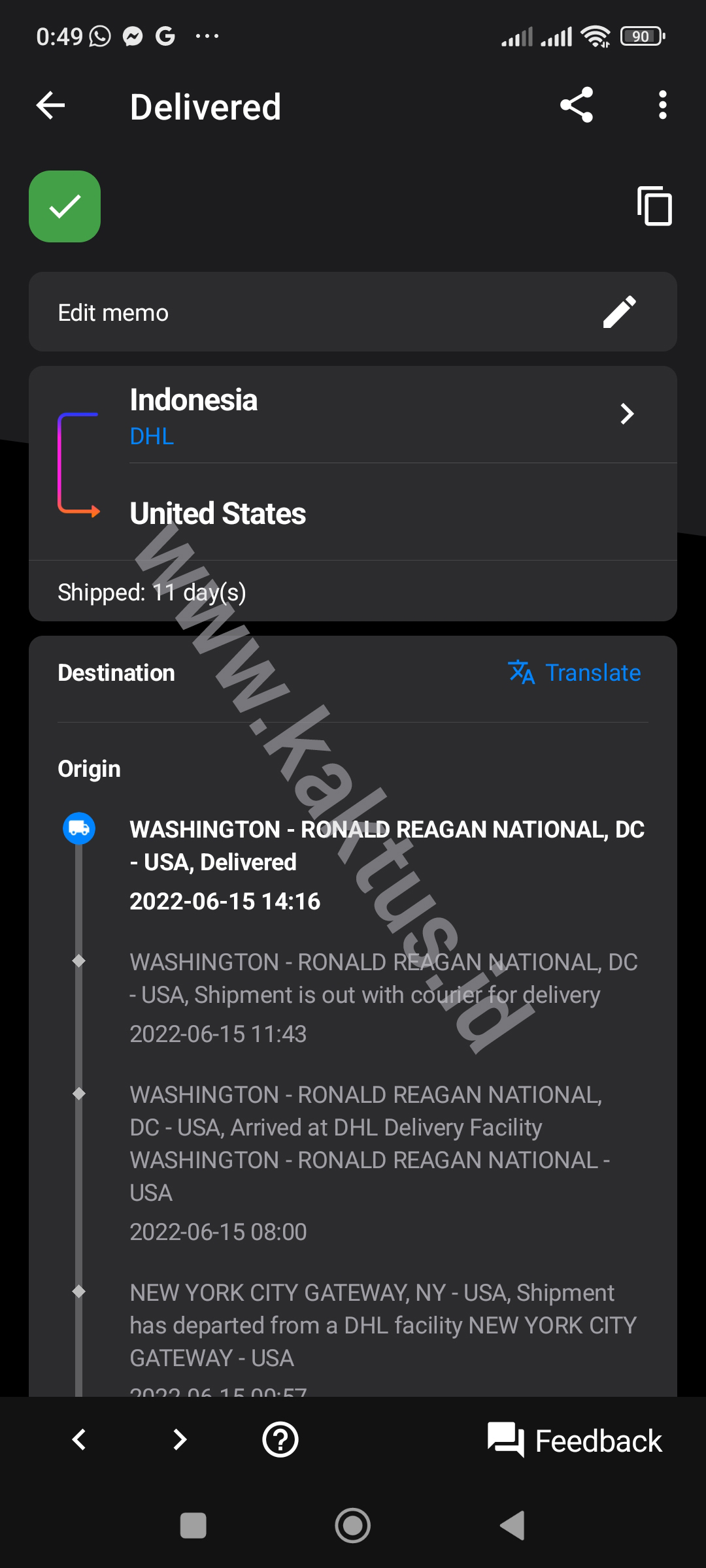















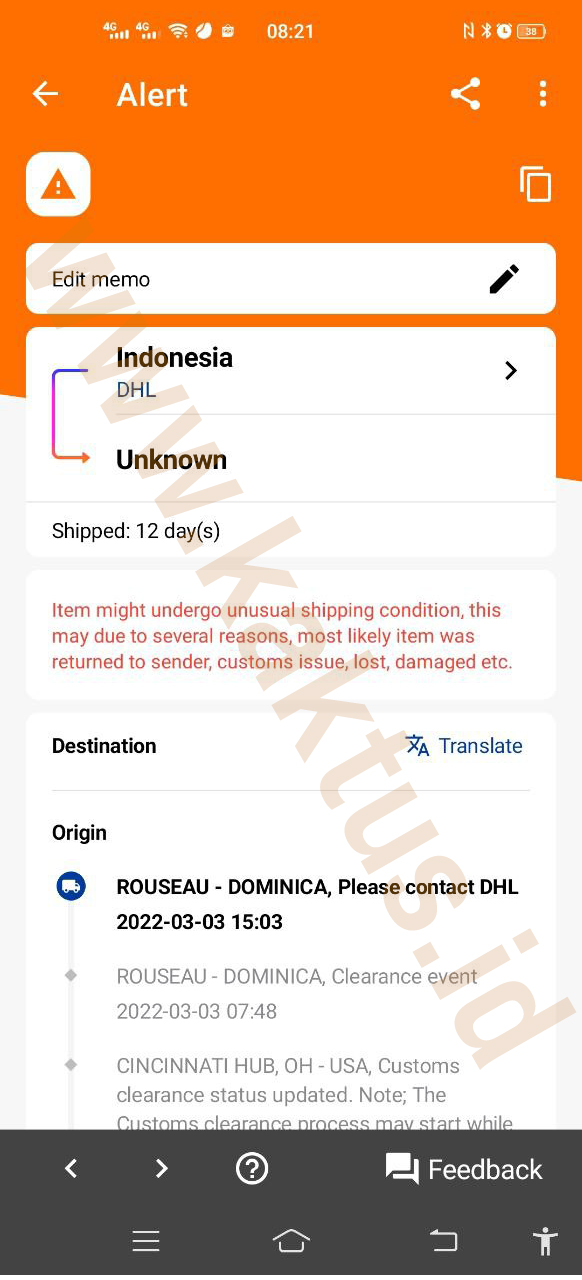




















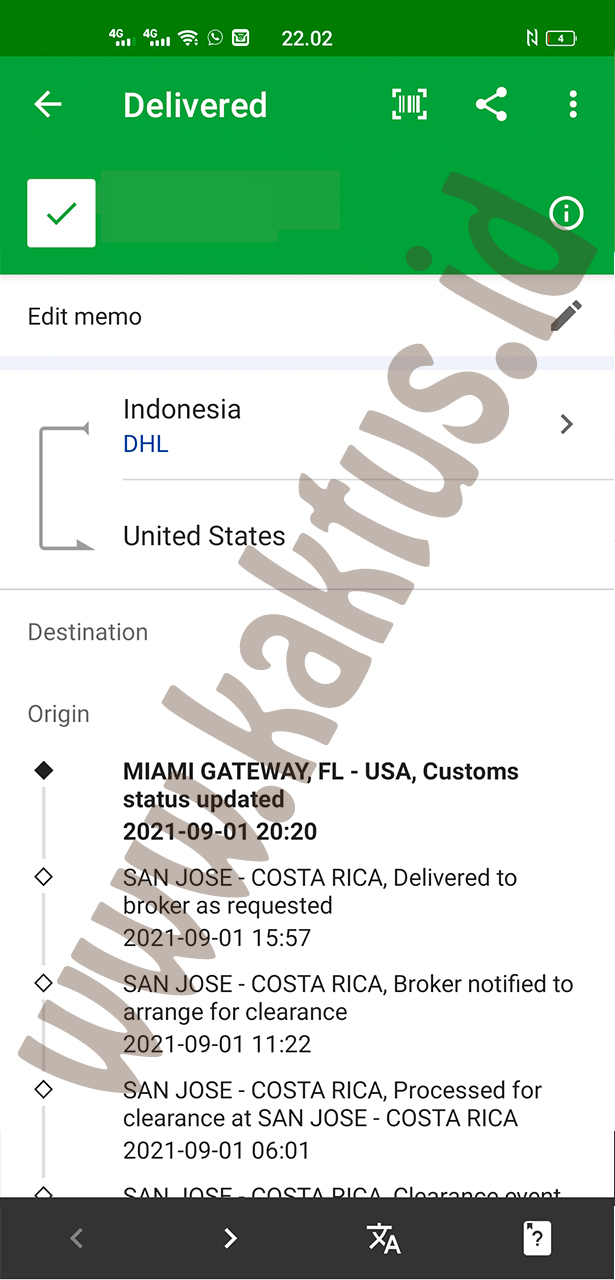

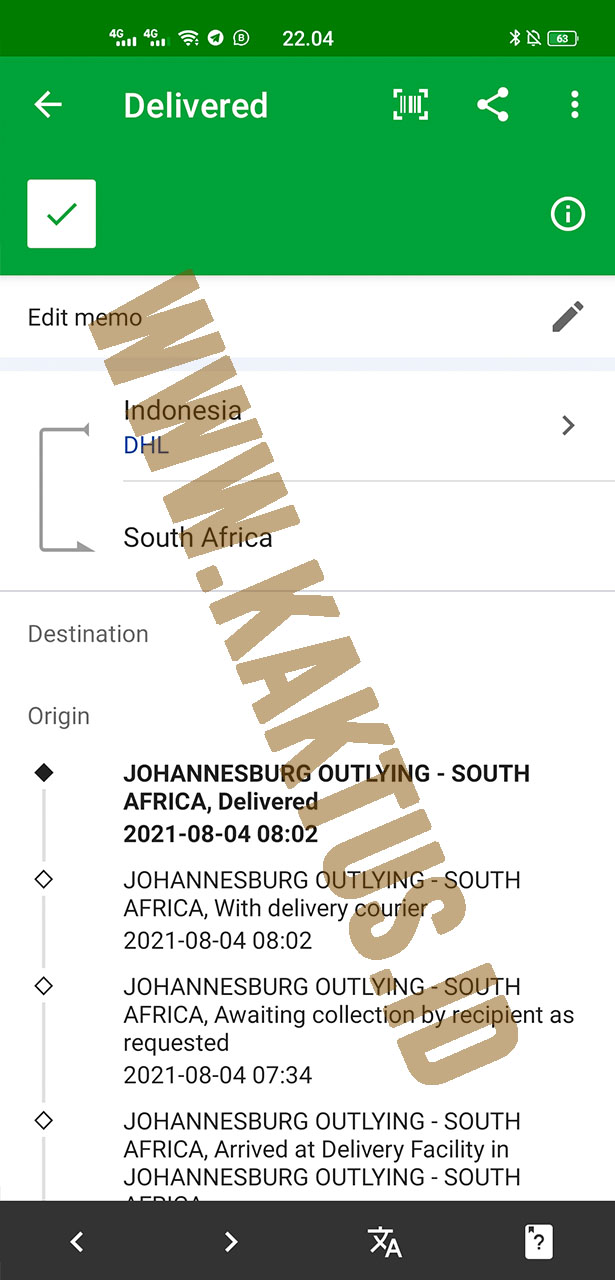



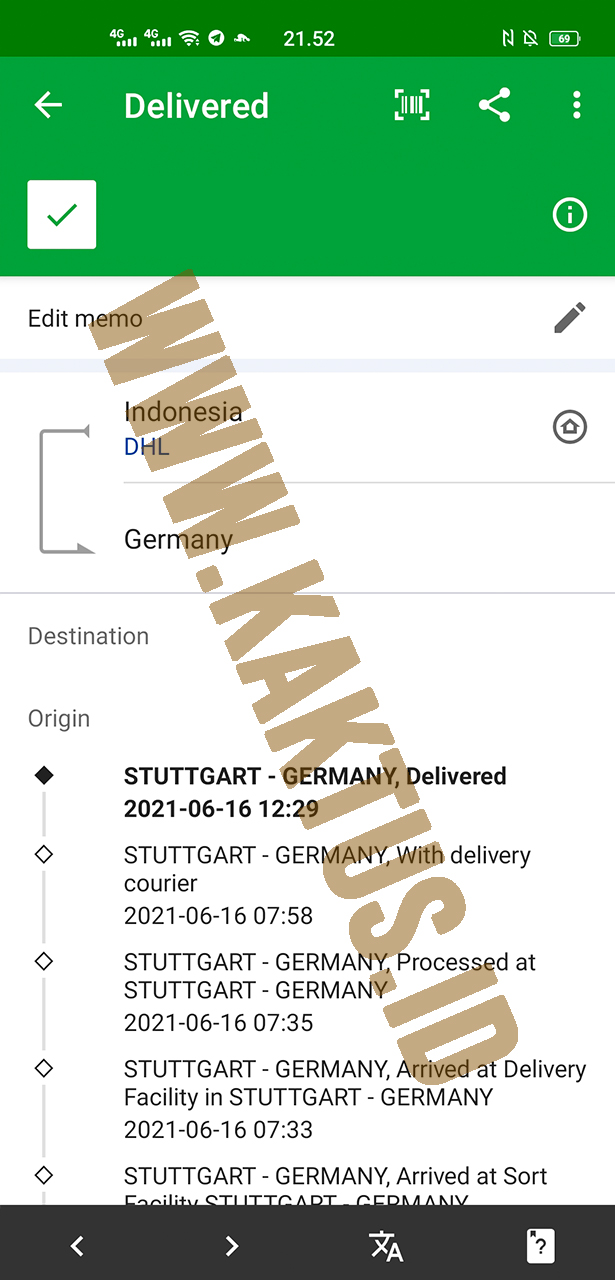















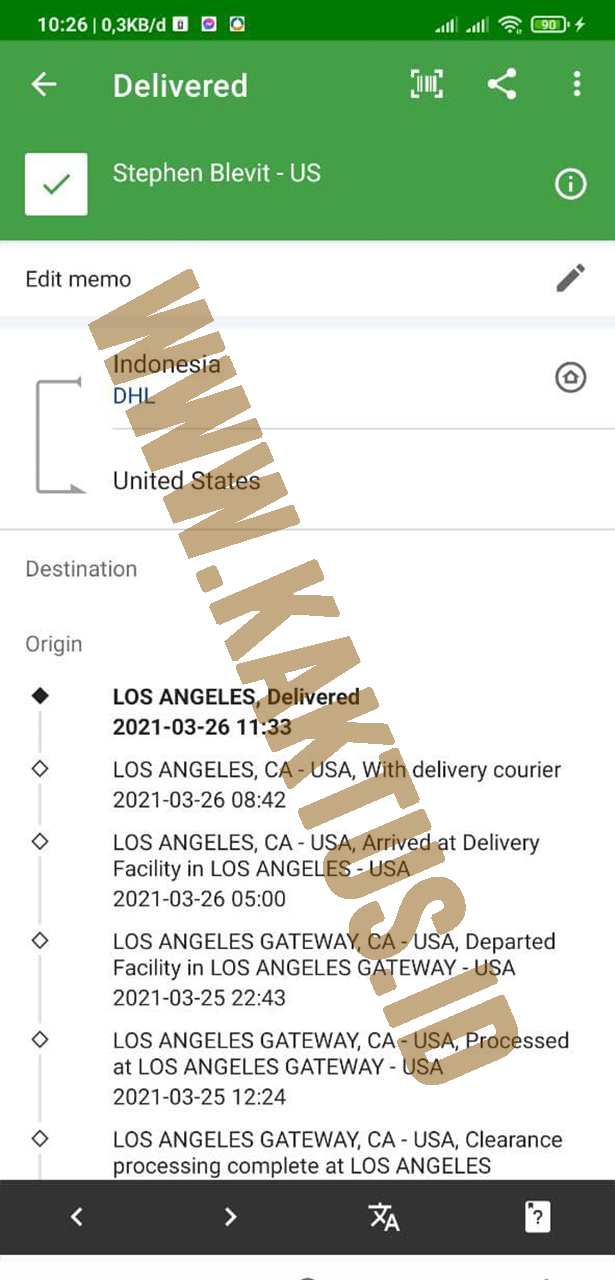



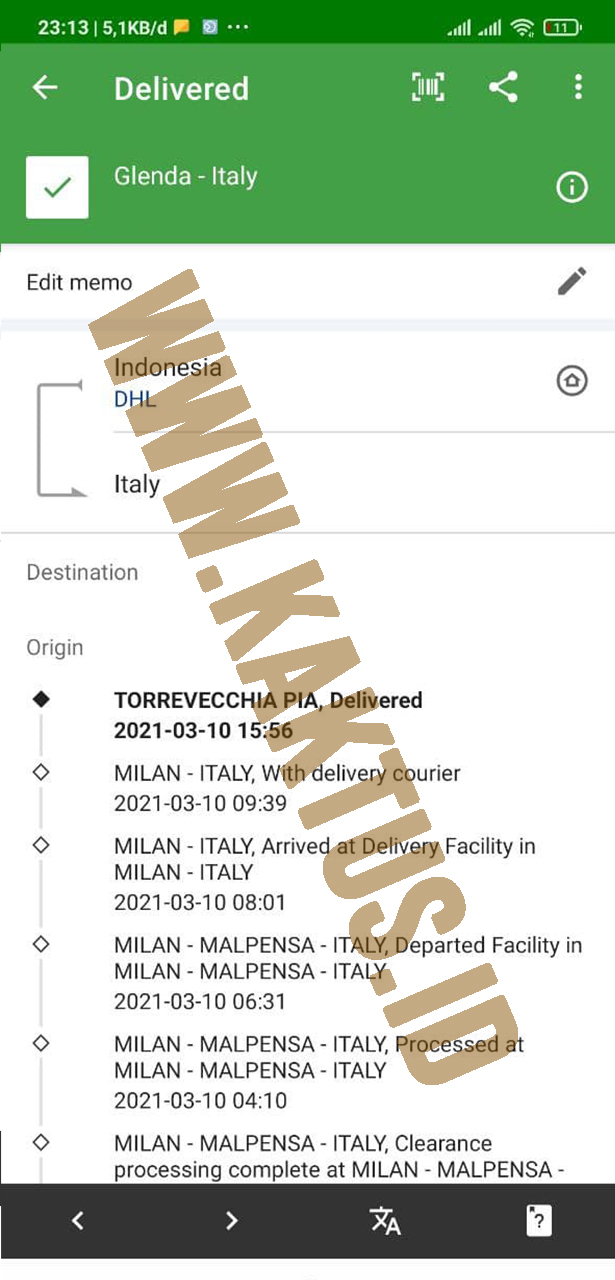







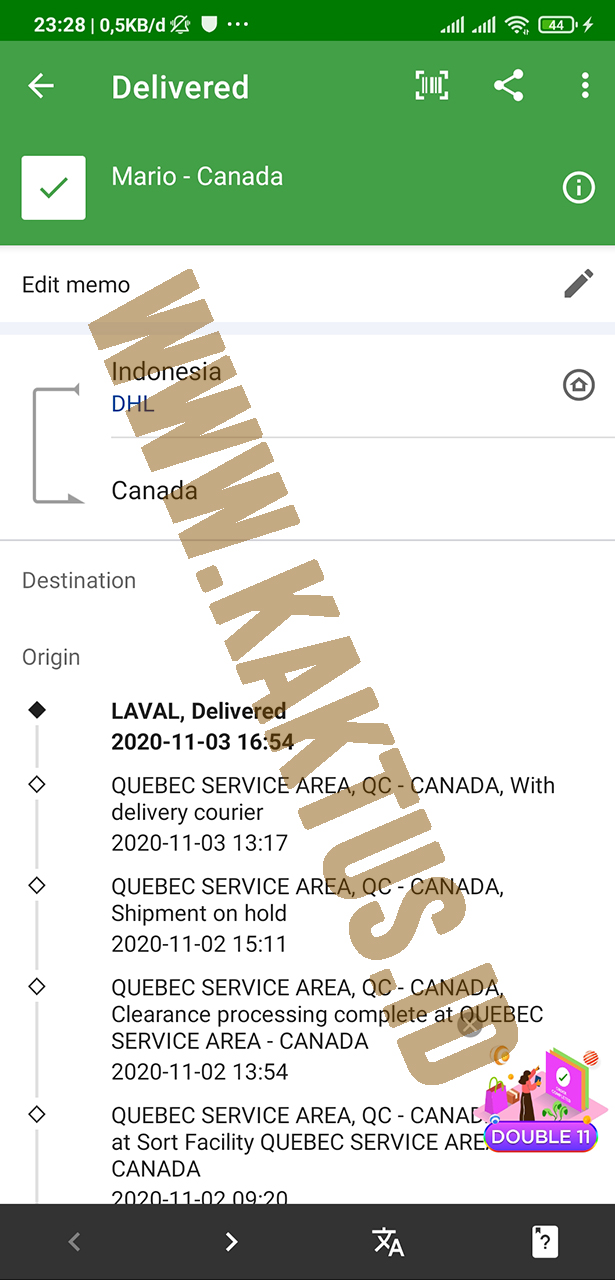
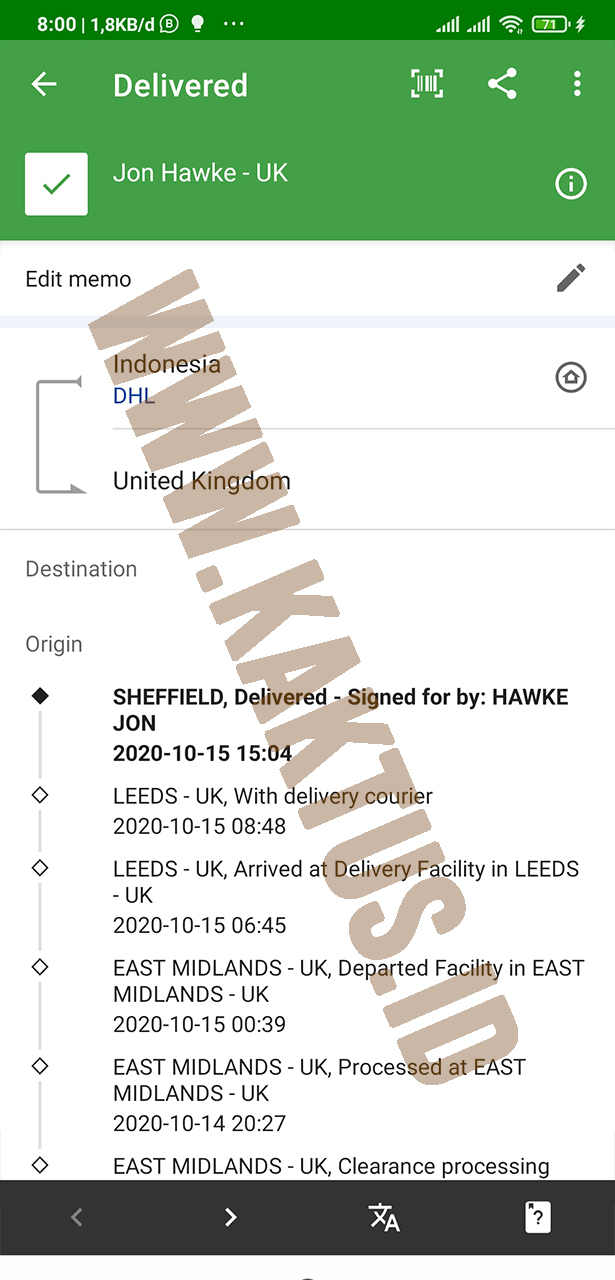








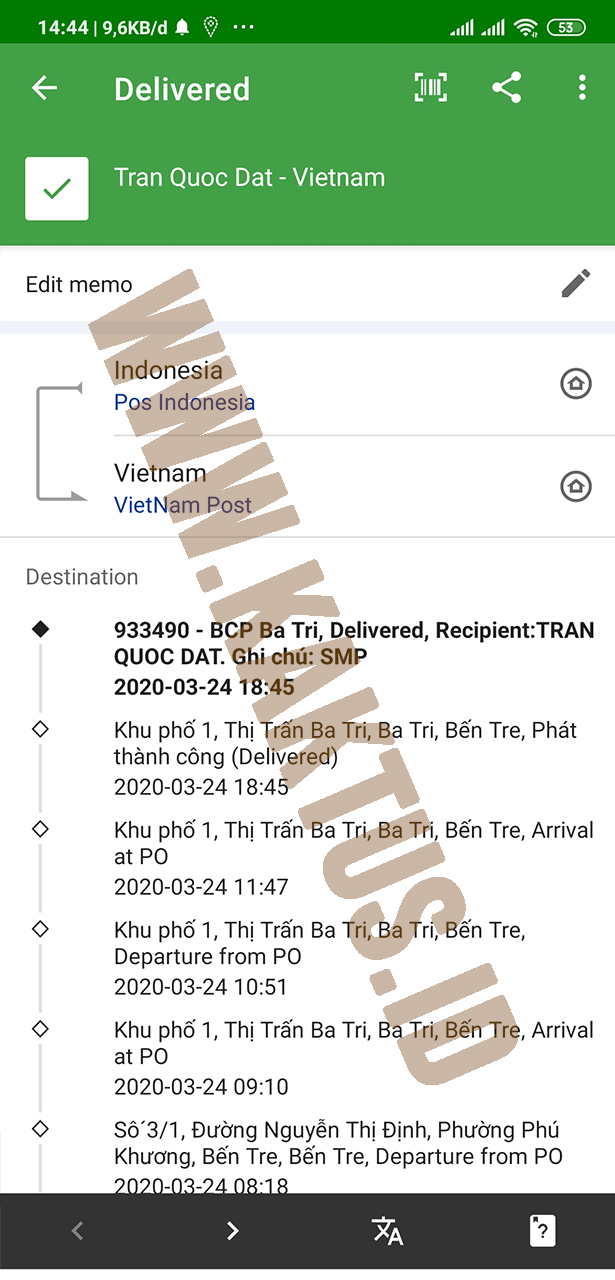








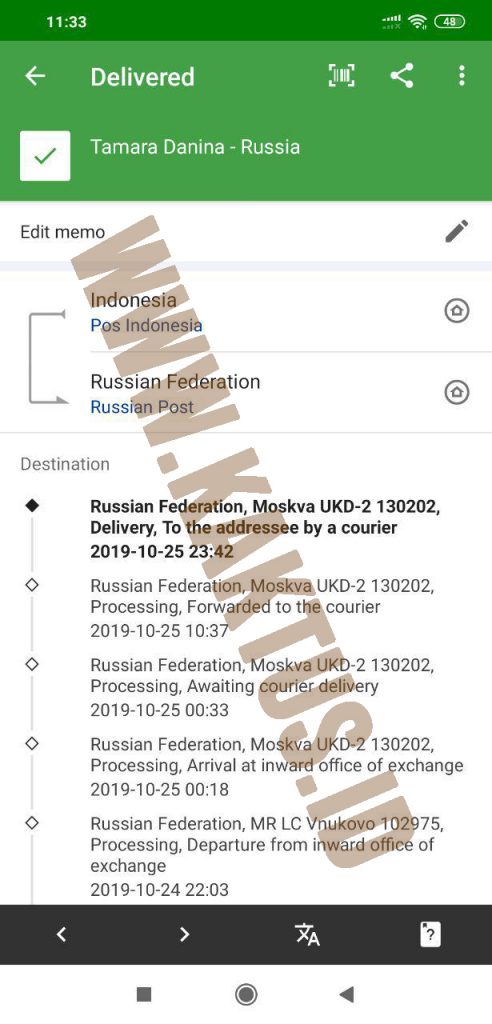



















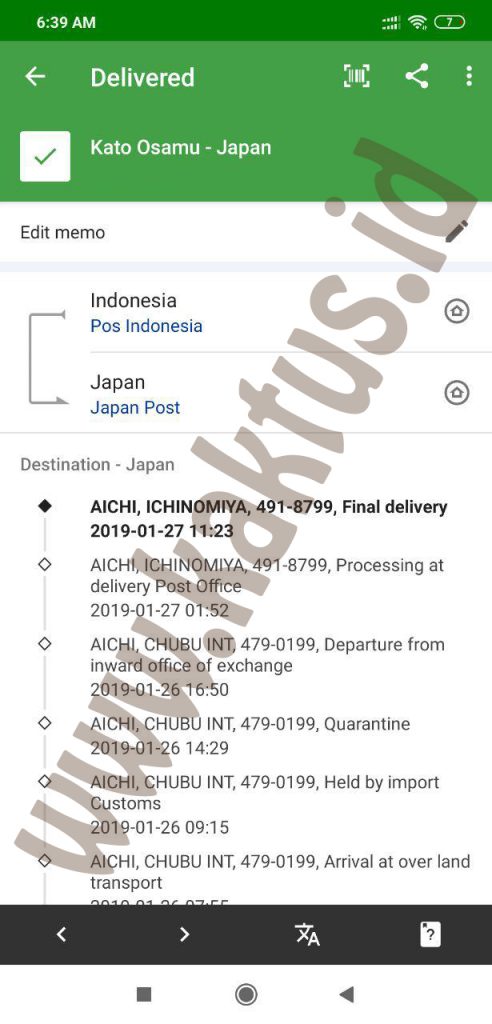































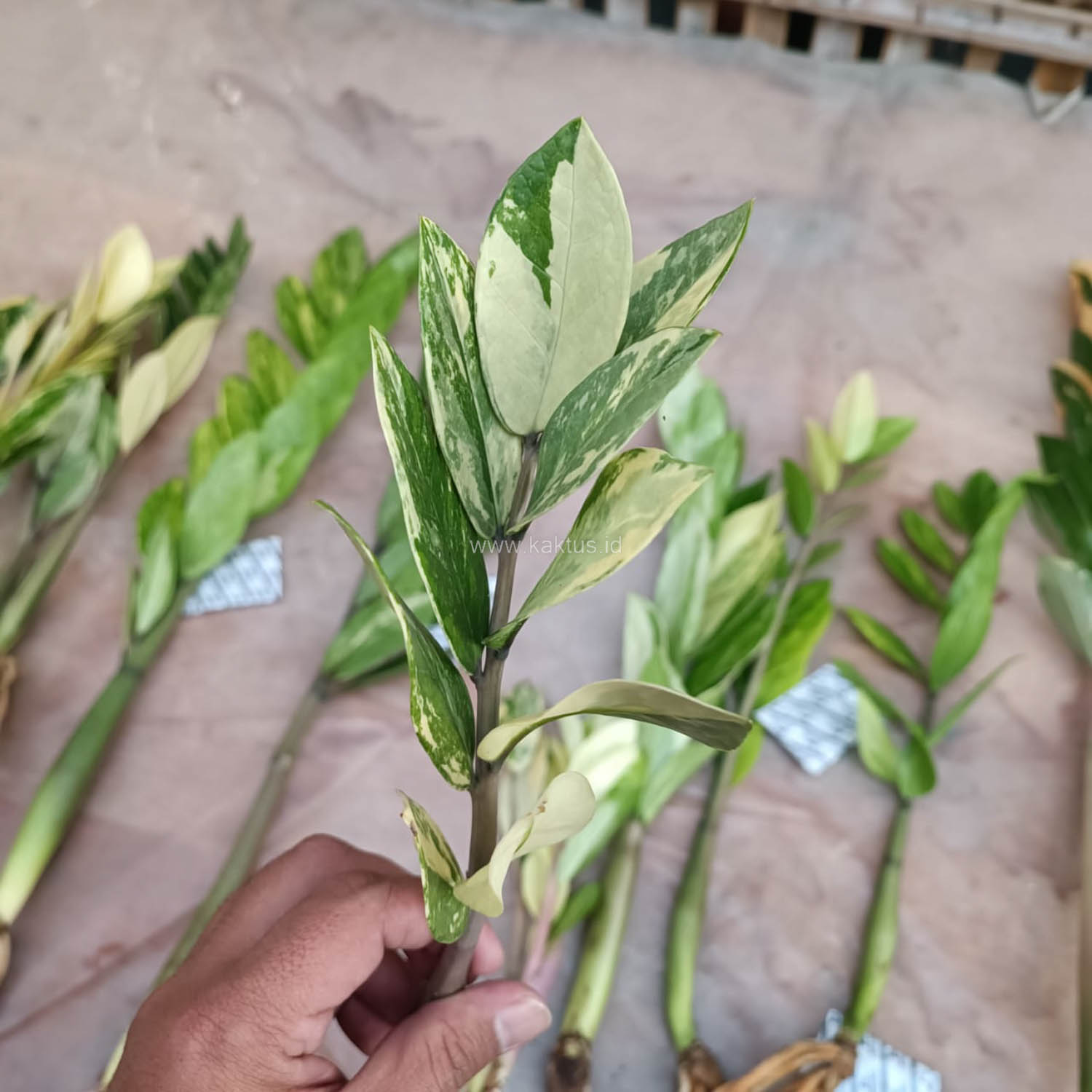











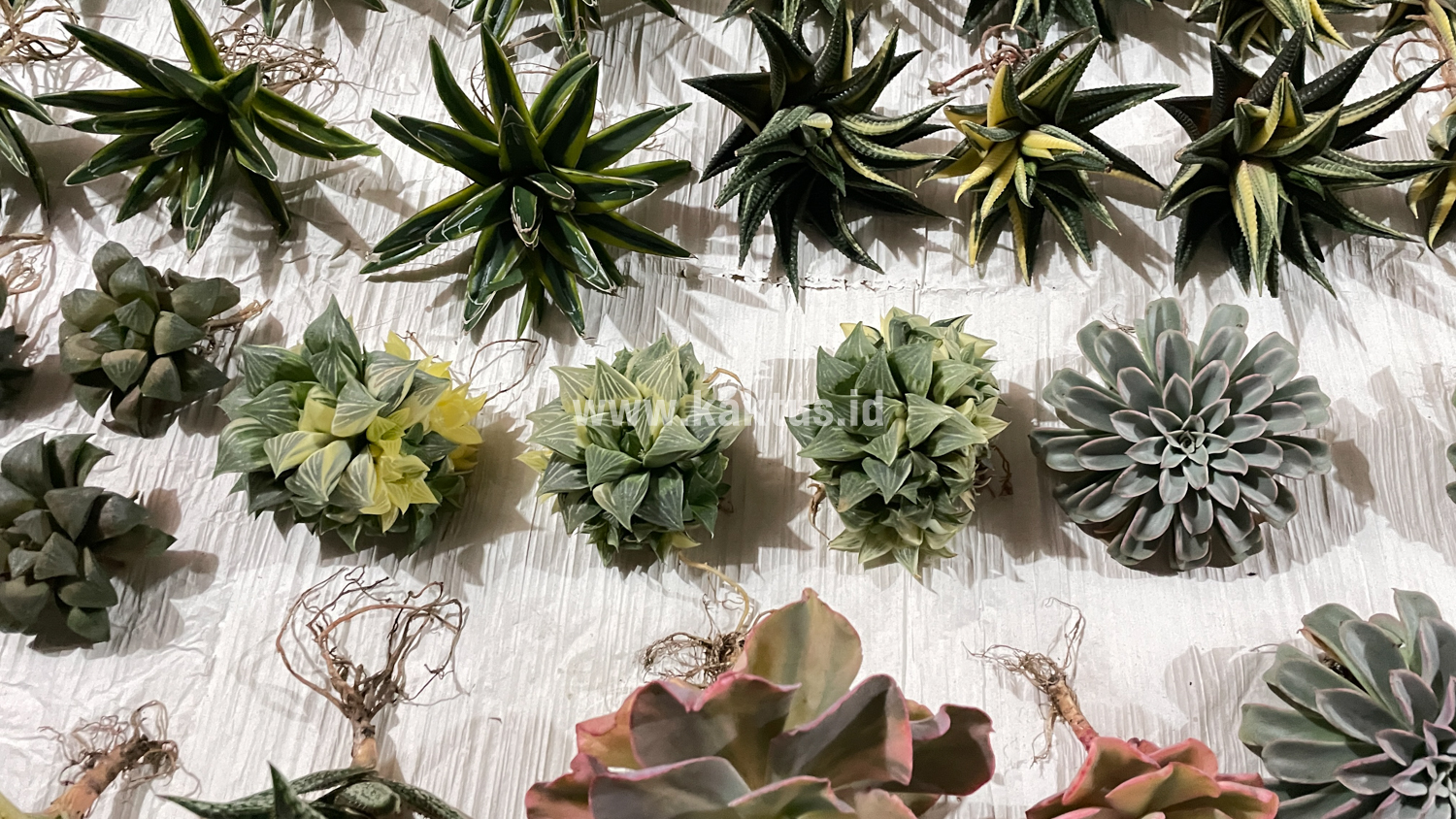






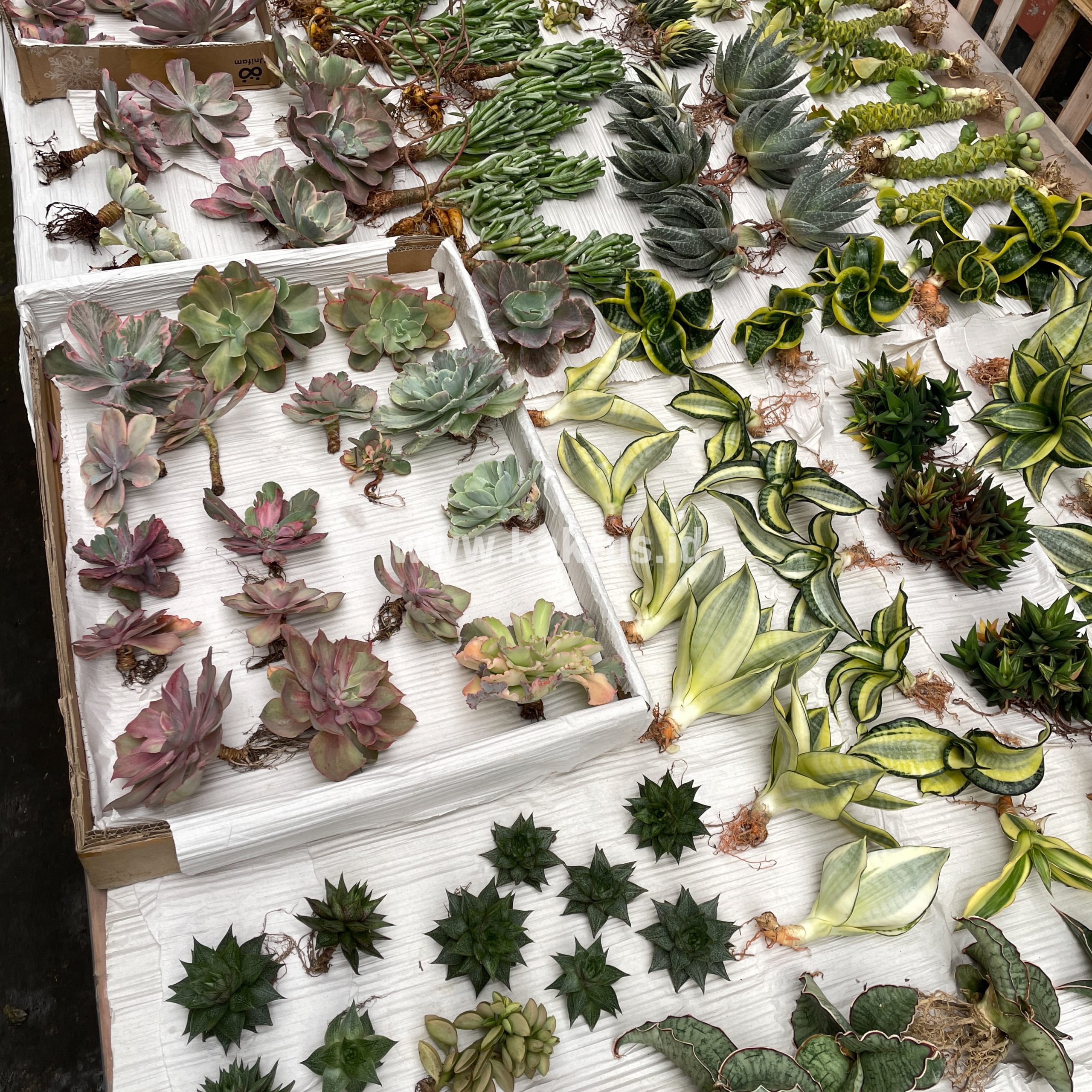






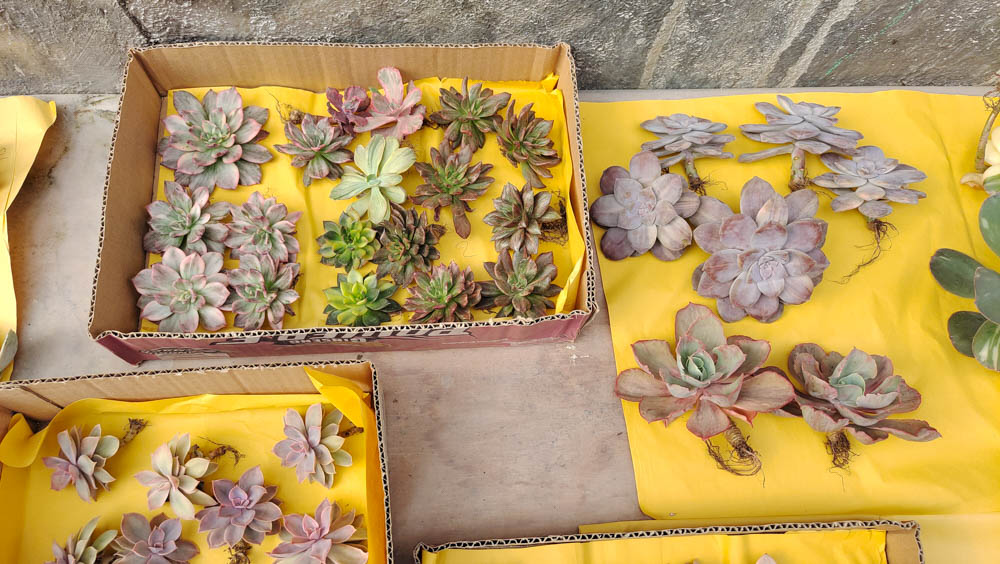









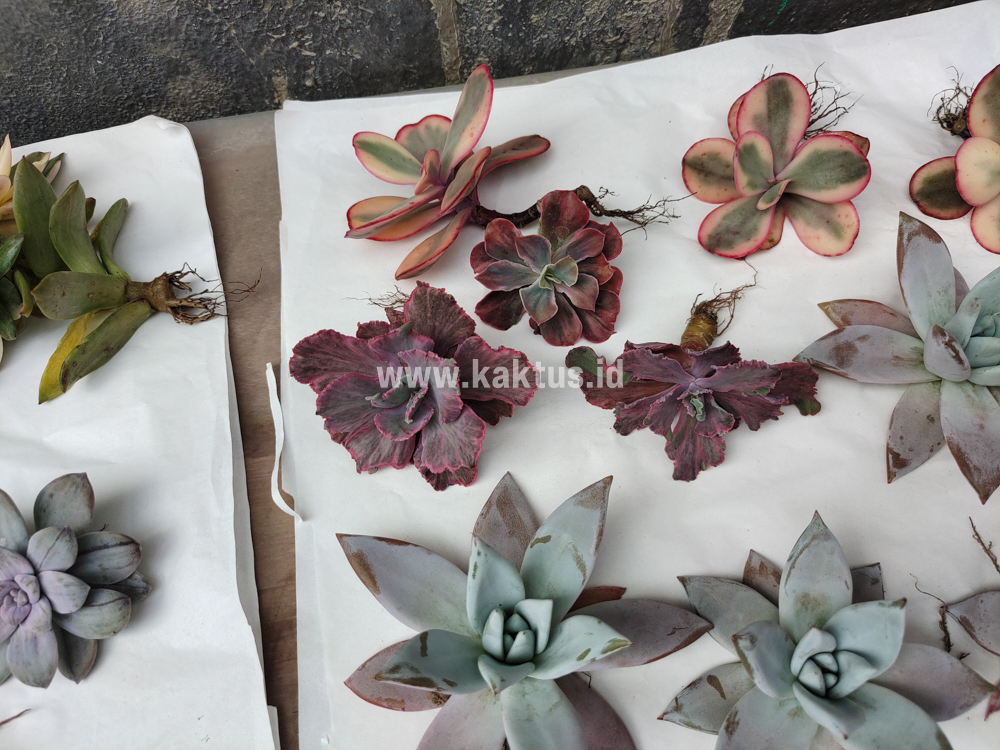

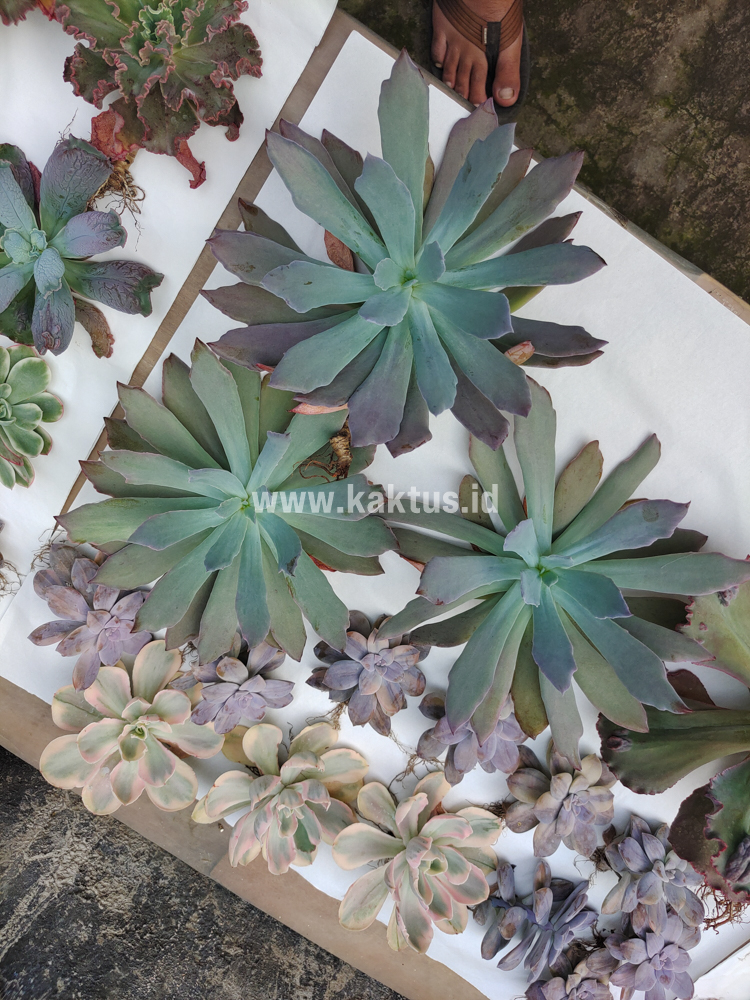








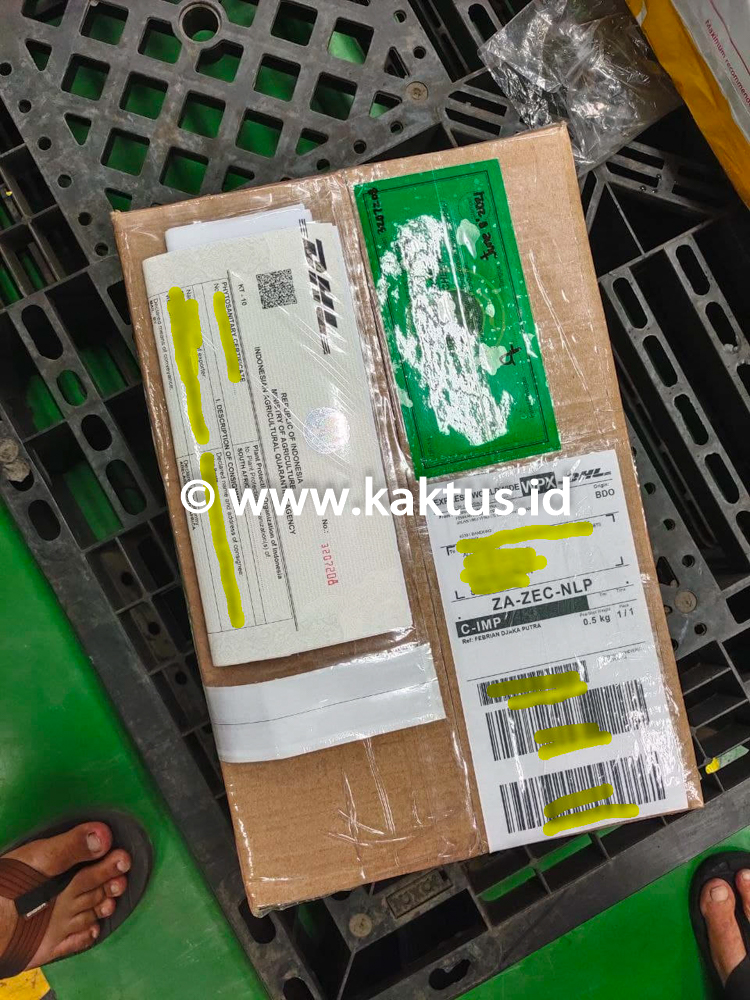























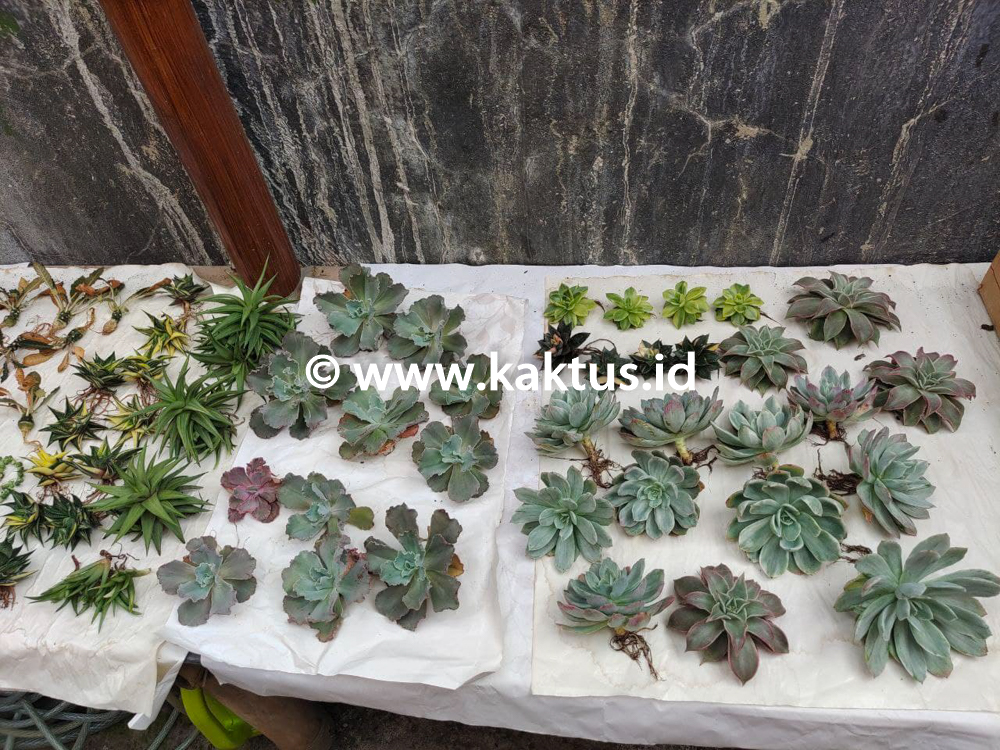










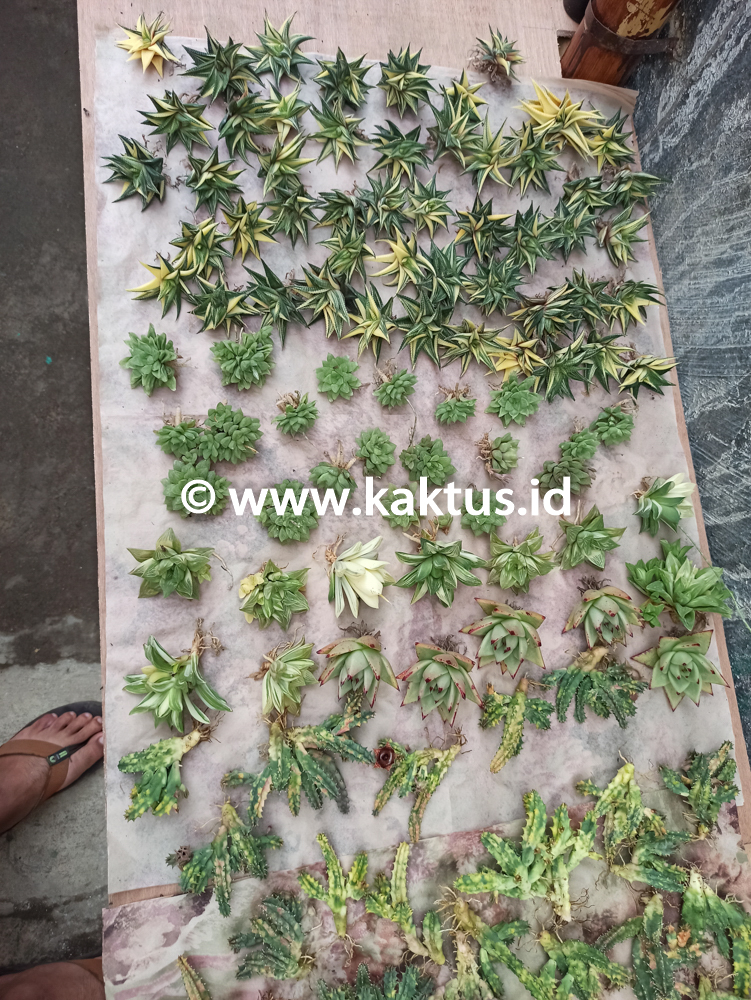



















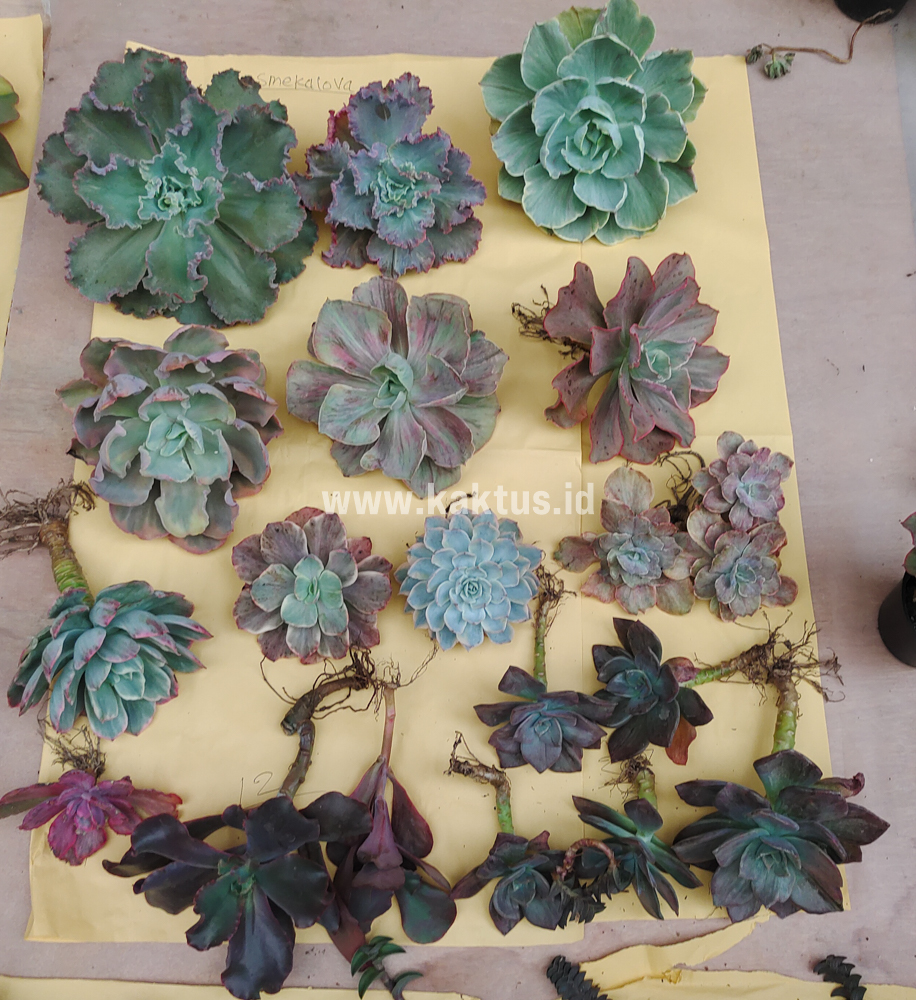
















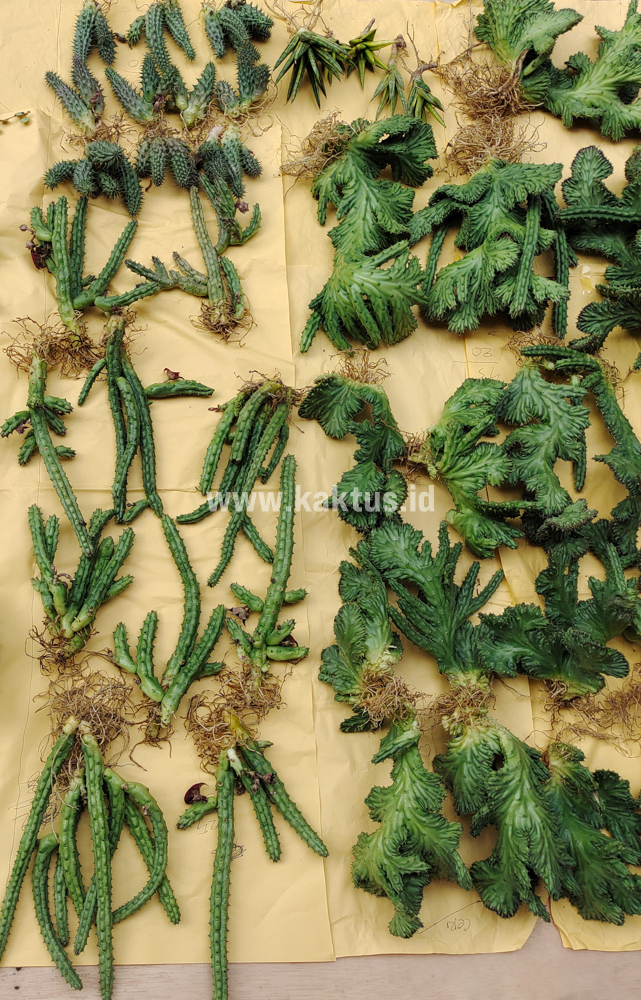

































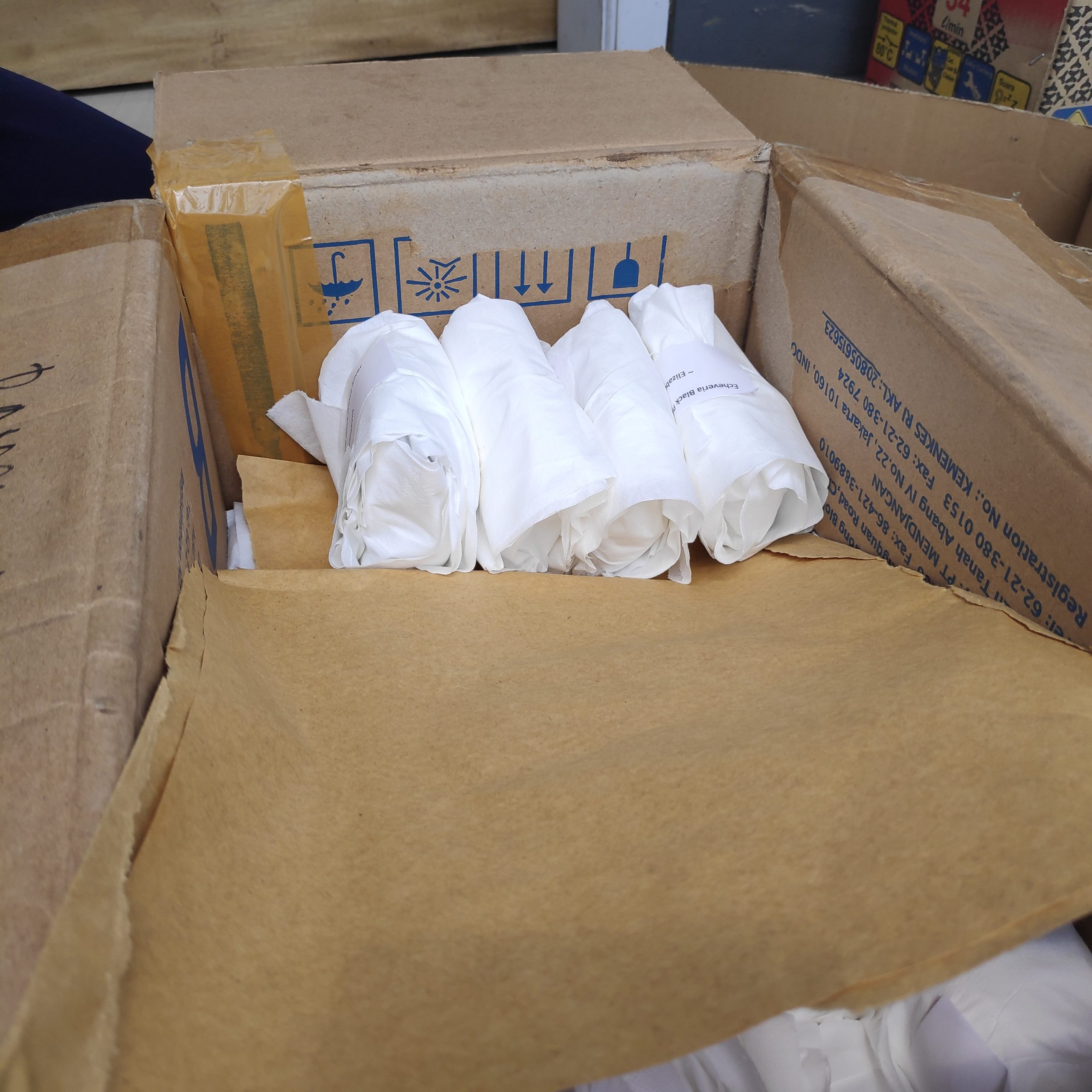











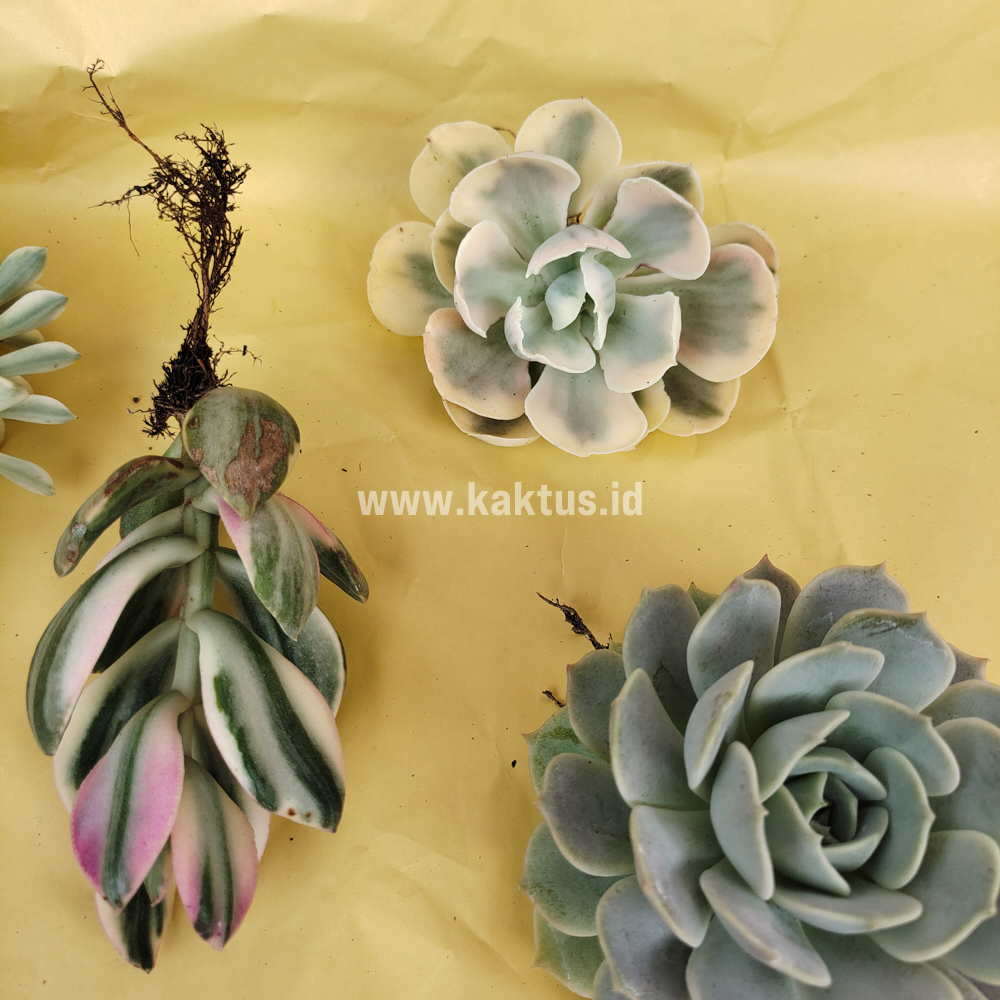



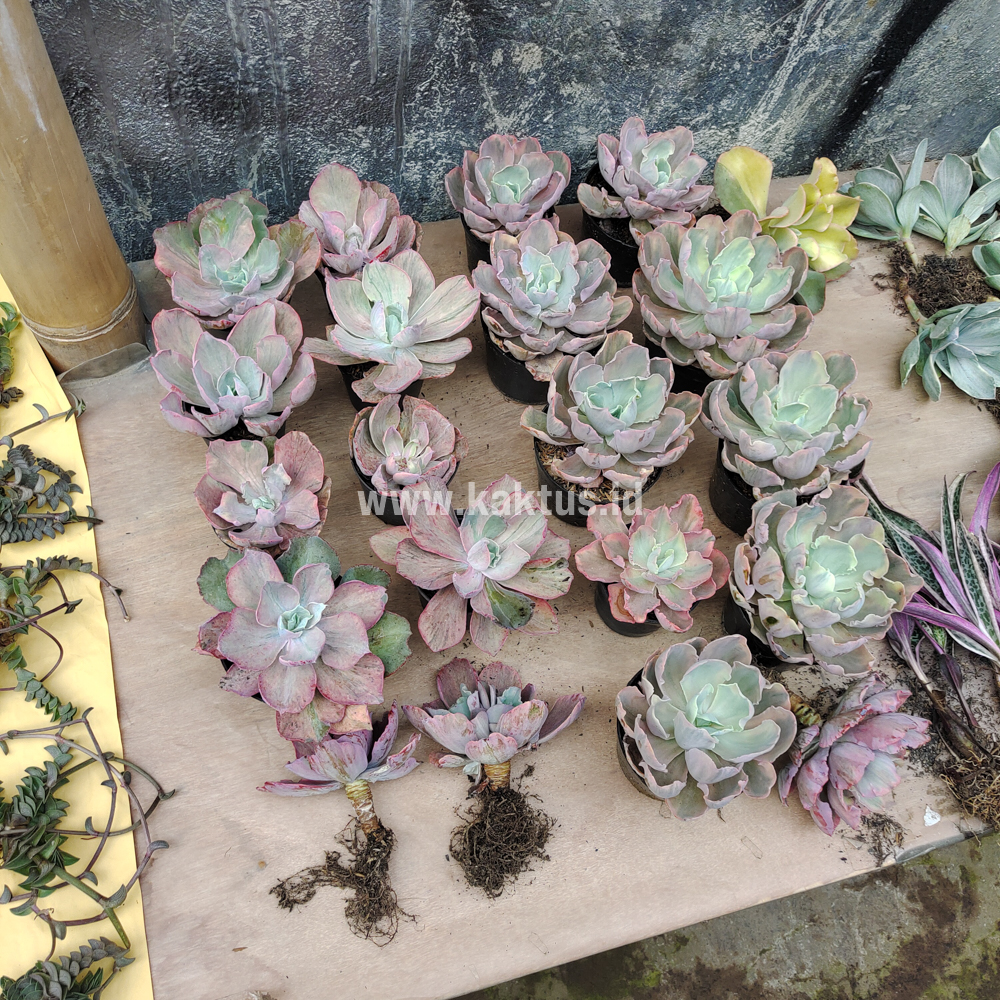










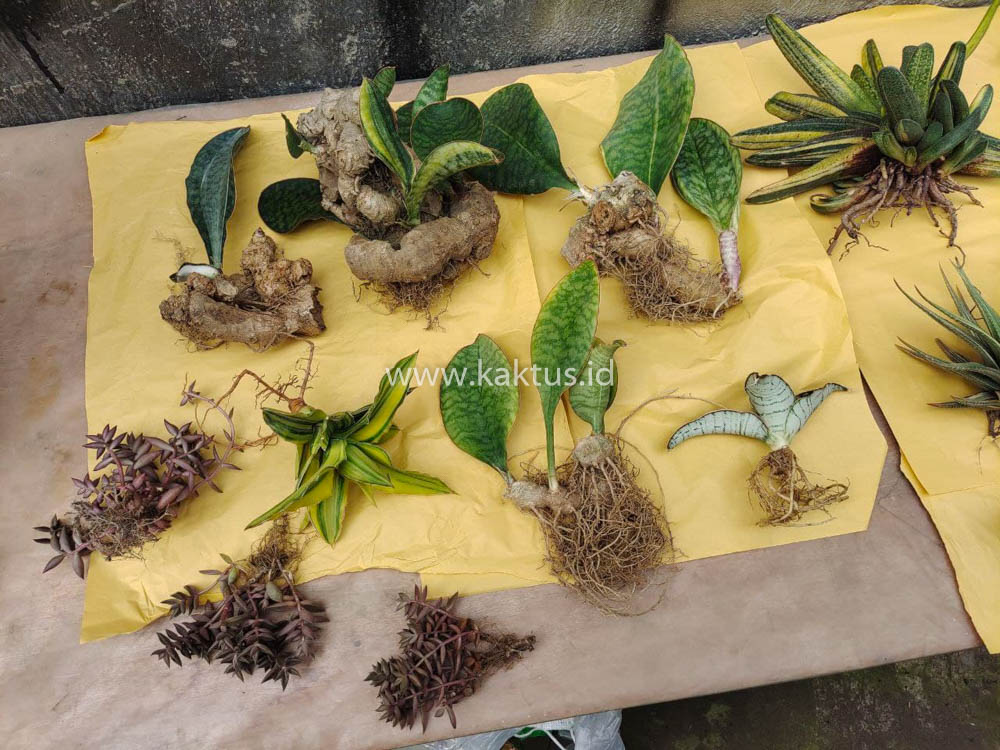








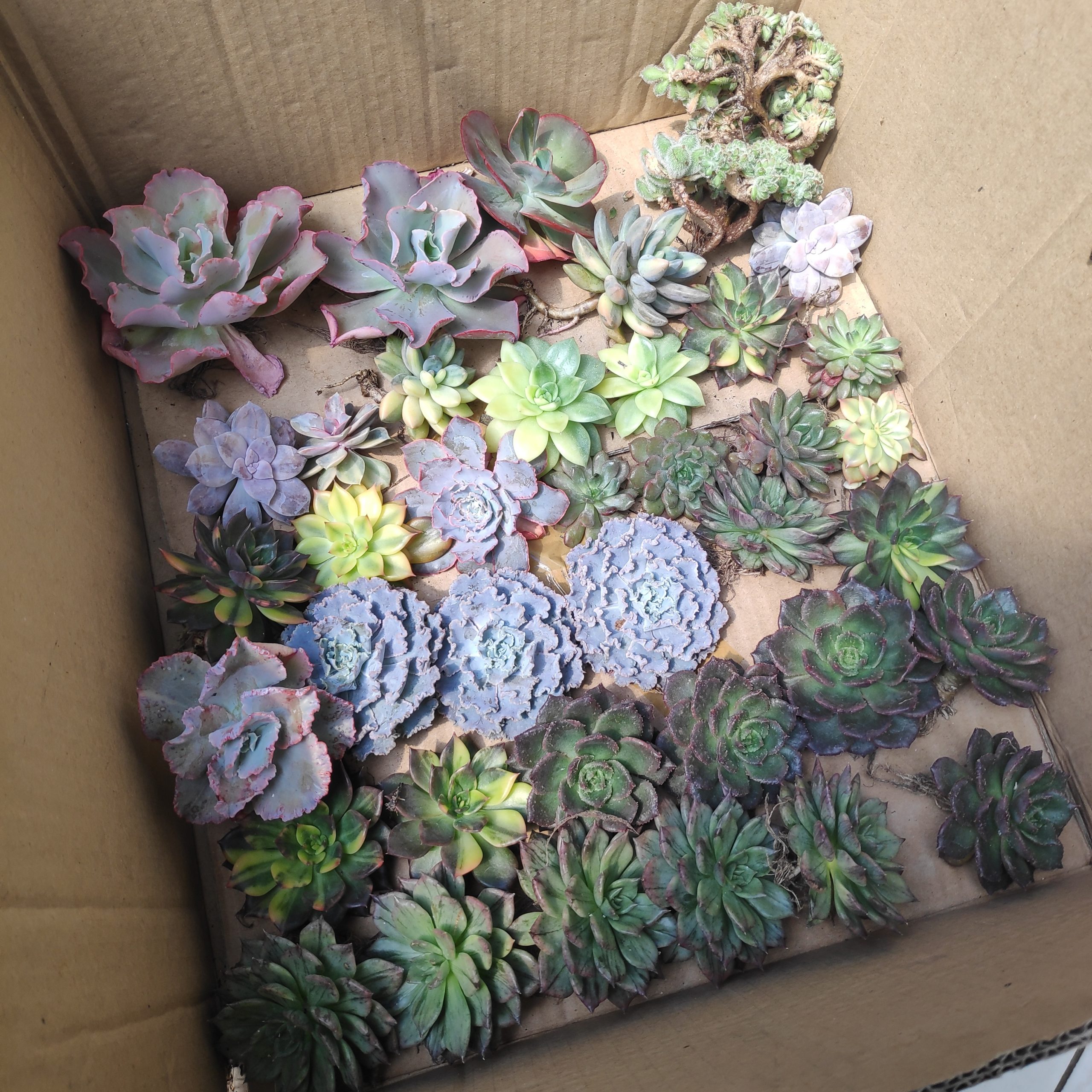











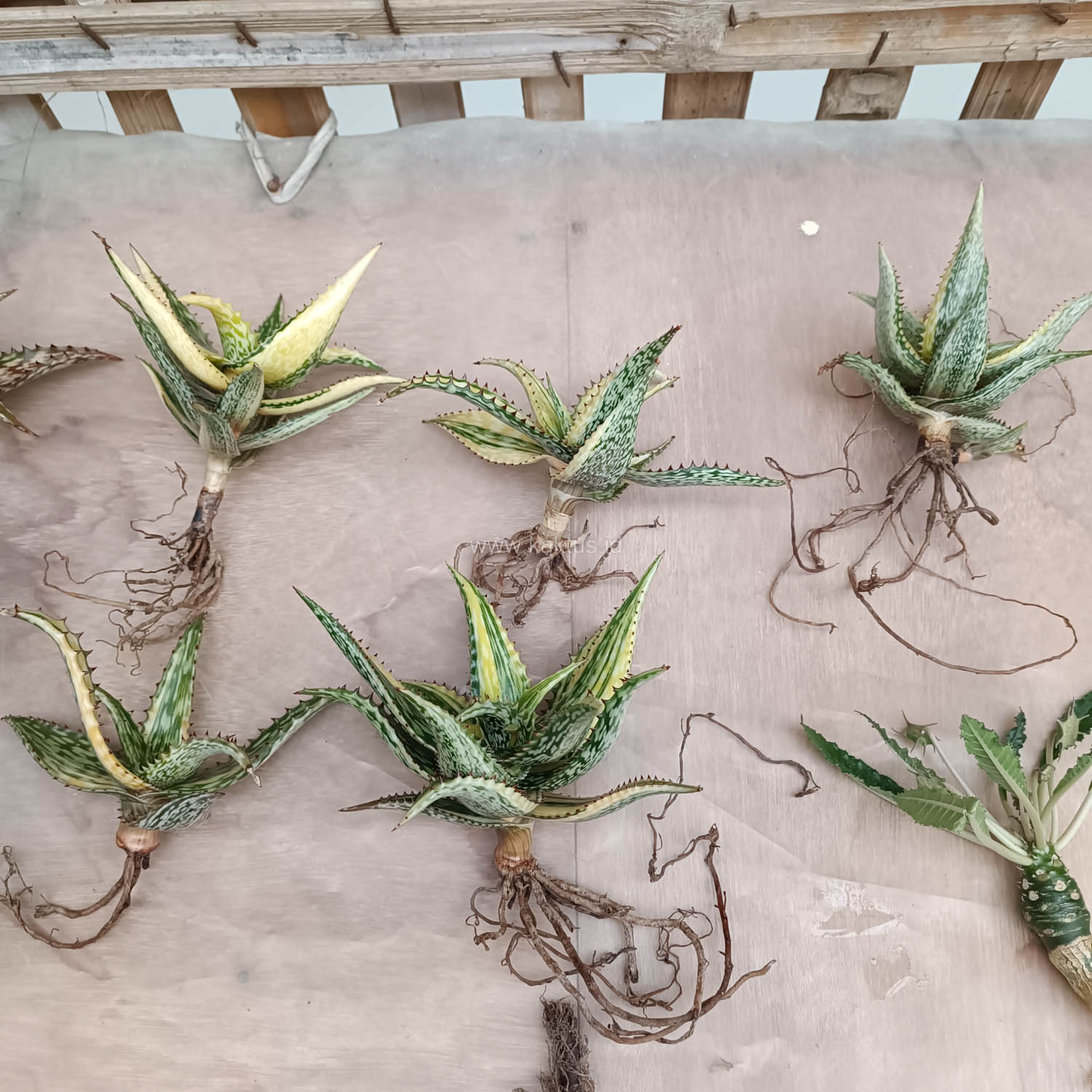
































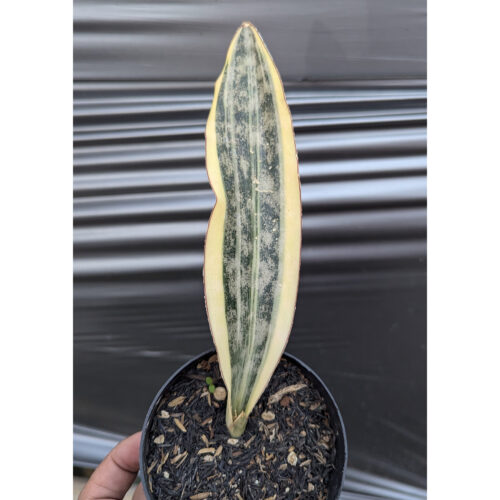



First time to have this plant. Quality of this plant is beyond my expectation. Arrived in fresh condition.
Pertama kalinya punya tanaman ini. Tanamannya bagus banget. Tanaman tiba dalam kondisi segar.
Ok
Bigger than I’ve expected